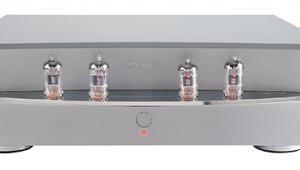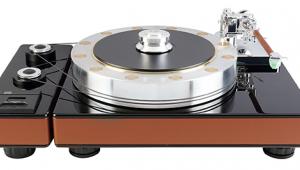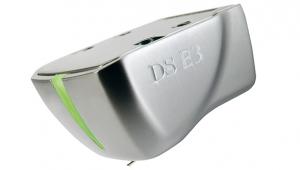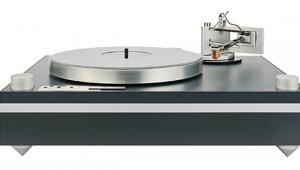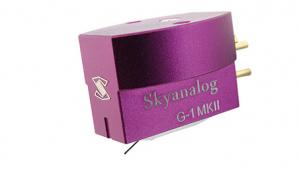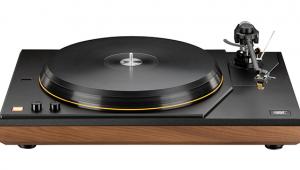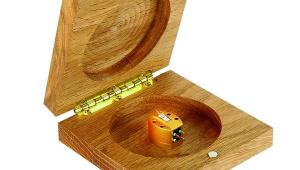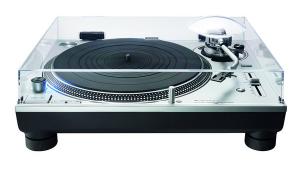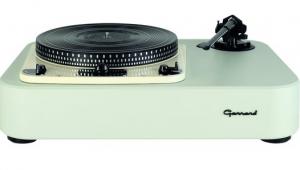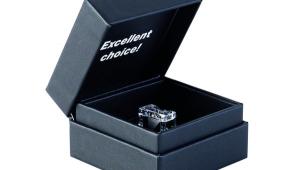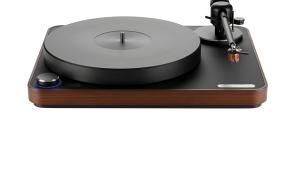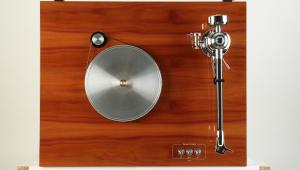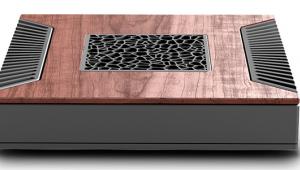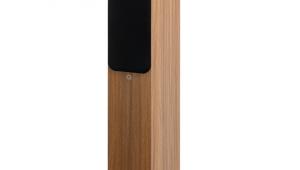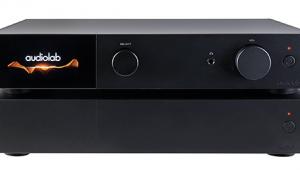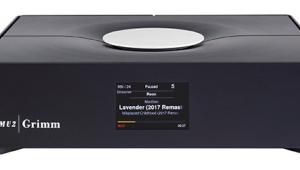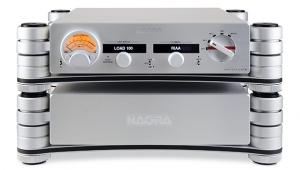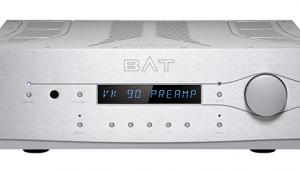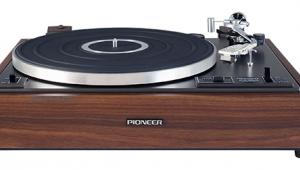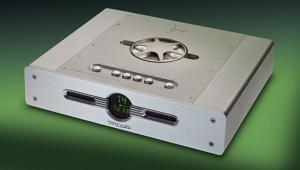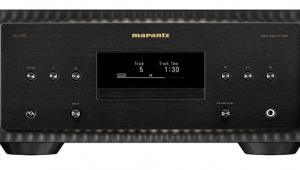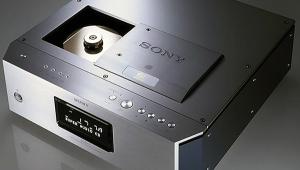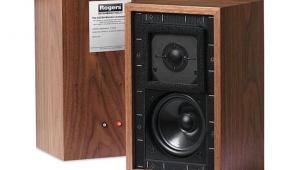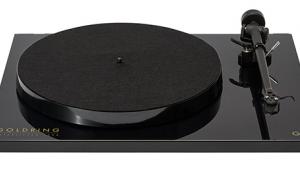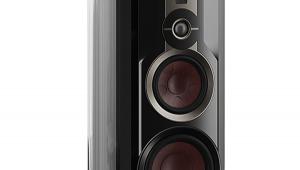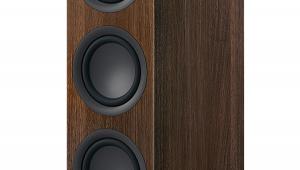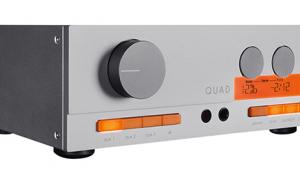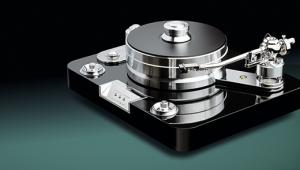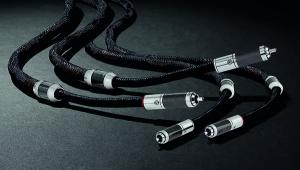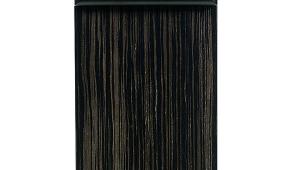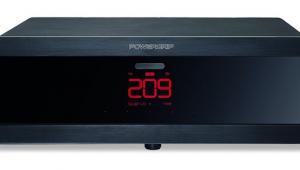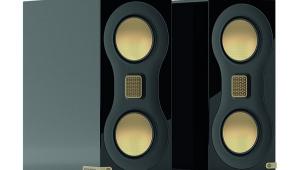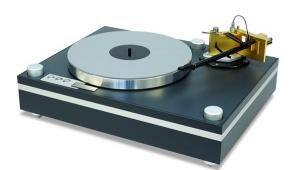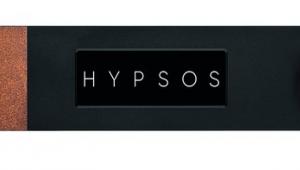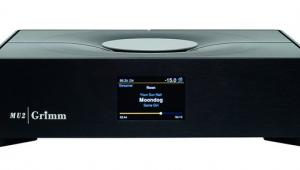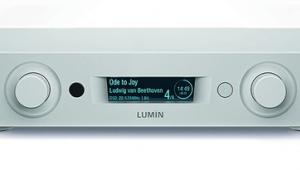Ortofon MC 90X MC cartridge
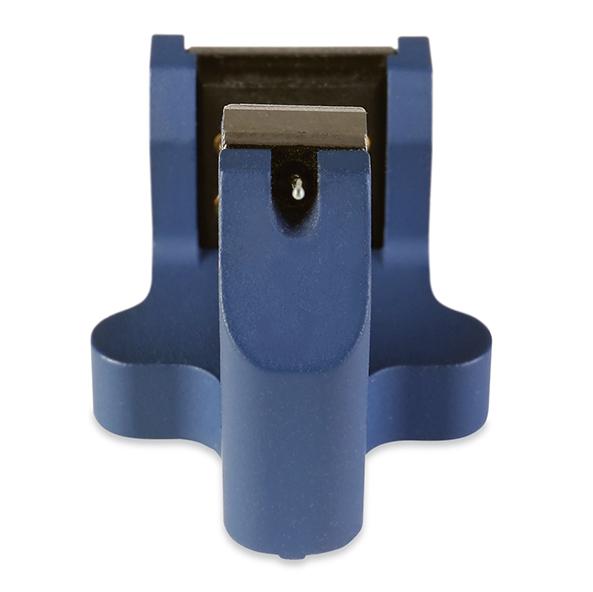

Is there a more outrageous-looking cartridge than Ortofon’s radical MC 90X? By now we should be used to the shape since the MC 90X’s form was first introduced 15 years ago in Ortofon’s MC A90. This revised version, in a cool blue hue, still has that look of a Bizarro horseshoe from the side. Forgive the Superman reference, but this cartridge turned out to be something of a hero.
No longer surprising, too, is a price tag of £3999, which isn’t even a quarter of the price of the most expensive cartridges on the market. Where to place this in the context of today’s moving-coils I do not know, but calling it ‘mid-level’ might cause a few of you to choke when decent MCs are available for under £300. Be that as it may, what you have here is one of the best-constructed cartridges I’ve ever seen, with behaviour as composed as its flawless physical presence.
Time to shine
For a moment, I was confused and thought I was dealing with my alter ego as a watch journalist: the MC 90X is as much about its unique body material and manufacturing process as it is about the motor, cantilever and diamond which it contains, supports and protects. Just like watchmakers exploring different manufacturing techniques for their cases, from forged carbon to solid sapphire, Ortofon has employed its own sophisticated process – Selective Laser Melting (SLM) – to produce the MC 90X’s body.
Unlike traditional methods of machining a block of a chosen metal, or of casting metal into a die, SLM laser-welds micro particles – stainless steel in this instance – to create the MC 90X’s single-piece body. Ortofon says that this ‘enhances rigidity, reduces unwanted resonances, and ensures optimal cartridge mass, resulting in superior sound quality and performance.’ And it works in conjunction with other elements of the MC 90X’s construction, including the in-house-developed rubber compounds found in this model’s newly designed dampers.
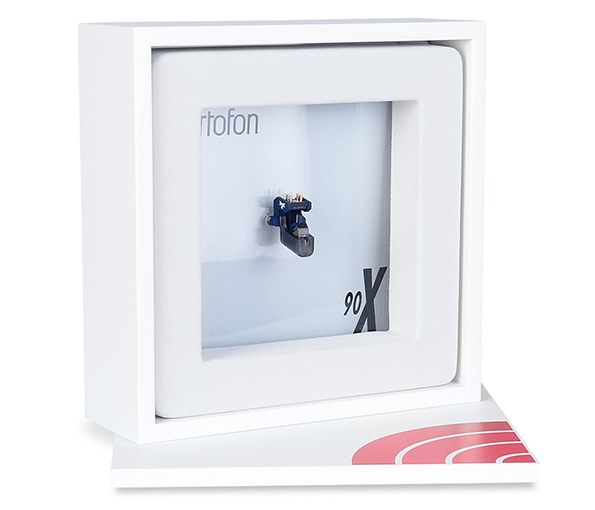
The MC 90X is certainly solid, rigid, chunky and, indeed, hefty at 9.5g. Luckily, that suited the arms at my disposal, but it’s something to consider if you have an extremely low-mass arm. Not wishing to repeat PM’s detailed boxout [see Long-playing legacy], I’d only add that inside, the coil wires are made of a gold-plated 6N oxygen-free copper. These ultra-fine wires exit the underside of the top section for connecting to the backs of the gold pins and are visible to the user .
Handle with care
Our pictures also clearly highlight the exposed nature of the boron cantilever, which has obvious downsides for those lacking the necessary caution and dexterity. Along with certain models from Clearaudio, Van den Hul and others that seem to enjoy testing one’s nerves when setting up cartridges, the MC 90X must be handled with care – the owner’s manual even shows you how to remove the stylus guard! It’s in direct contrast to, for instance, the Koetsu Rosewood and Decca London Gold I’ve been using the past few months, both of which completely hide their cantilevers. But as PM pointed out, cueing a track doesn’t get any easier than with the MC 90X.
Nor for that matter does setup, nerves aside. I had the MC 90X out of the box and making music in under ten minutes. Undeniably, its fully exposed cantilever matched the line on my overhang gauges while the chassis features parallel sides that fit perfectly into the grids on the gauges. VTA setting merited care as the Replicant 100 stylus responds so truly audibly to the finest adjustments. As expected, the best sound emerged with the top of the cartridge absolutely parallel to the LP surface.
At the back are four coloured pins which I found slightly undersized for the headshell leads in my assorted arms, but that was just a matter of pulling out my needle-nose pliers to squeeze them a bit. Tracking at the recommended 2.3g was spot on but I did fiddle about with impedance.
All change
Ortofon’s recommendation is a non-specific >10ohm, but one thing was immediately apparent, thanks to trying the MC 90X with a couple of phono stages, including one with completely variable settings. This Ortofon MC really does respond to changes in impedance settings and not just with variances in output level. In one system it worked ideally at around 15ohm, in another 30ohm and in a third 100ohm. You probably do this already, but with the MC 90X you will want to set the load impedance by ear.
It is not on my bucket list to become a member of the ‘which cantilever material sounds best’ brigade, but this cartridge is yet another boron-cantilevered design that exhibited absolutely superb stability, tracking and transient attack. So, with the exception of single-piece diamond cantilevers, I really can’t think of much that improves on solid boron.
![]() Oh, yes!
Oh, yes!
Sorry to start out with a cliché but I have to admit I was absolutely dazzled by the beginning of Yes’s ‘Roundabout’ [Fragile; Atlantic/Rhino RCV1 727097], and it wasn’t even the One‑Step pressing from Mobile Fidelity. The opening notes positively sparkled, the attack so clearly delineated that it attested to the MC 90X’s impeccable groove‑tracing abilities.
This was especially noteworthy because heavy, low‑compliance MCs rarely track as well as this blue wonder – you don’t normally find ’coils that appear to match the best MMs. Somehow, Ortofon has endowed the MC 90X with such skill in the tracking stakes that even worries about end‑of‑side distortion were dispelled.
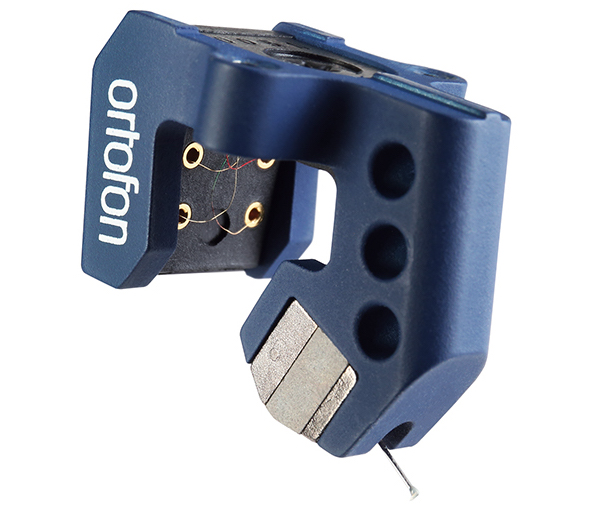
This wasn’t at the expense of the bottom end. When the rest of Yes joined in, the fullness, weight and mass of the sound was elevated to a level which justifies the decades of audiophile devotion to this album – and I say this as one who doesn’t even place Yes in his Top 500 bands. So room‑filling and involving was the sound that I even followed it with Close To The Edge [Atlantic/Rhino R2 727100], the opening suite rich with differing textures positioned across the room, all of which attested to the MC 90X’s superb resolution.
Live and kicking
Another unexpected revelation came with, of all things, a live album not recorded in a concert hall. For those who judge a system’s performance by the way it recreates a real space, Fleetwood Mac Live From The Record Plant [Reprise/Rhino RCV1 727098] provides the kind of experience which audiophiles adore. The drier space of a radio station’s studio isn’t all that different from a recording studio but it is completely unlike that of a concert hall. The overall layout of the band was also quite dissimilar to that of a typical live gig.
Instead it was about the performers operating as a band and playing ‘for real’ rather than producing a song instrument by instrument. Mick Fleetwood’s powerhouse drumming was captured in a manner quite different from the albums represented by this 1974 gig, such as Bare Trees, with more air, more punch. Another strength was Christine McVie’s voice, reproduced with such utter clarity that I was reminded of a properly installed Decca Gold. ‘Spare Me A Little Of Your Love’ was savoured with all the intimacy it needed, with warmth not anticipated when a cartridge is as precise and almost clinical as the MC 90X.
With both the Yes and Fleetwood Mac LPs, it delivered another quality more redolent of its past than of the modernity of the design. So wide and deep was the soundstage that I was reminded of the original SPUs, launched in 1959, which were (and remain) as stellar in this area as even the Denon DL‑103, introduced in 1964. In both cases, you could listen into the songs, mentally calculating how many feet (er, sorry, metres) were in the layers of sound and between the players, left to right.
Steely Dan’s Katy Lied [Geffen/Universal 00602445394944] reaffirmed the naturalness of the MC 90X’s midband and the way it handled voices. Donald Fagen’s is one of the most distinctive in rock and Ortofon’s cartridge perfectly revealed his inimitable nasality. And with the bottom end, which has always been part of this group’s foundation, the M 90X dug deep and remained in full control. If you think a sound system (and not the correct speed on the turntable) produce ‘pace, rhythm and timing’, this MC will support your delusion.
Sonic spectacular
It says much of a system, let alone just the cartridge, if it makes you listen to an entire album that you utterly detest. Admittedly, the new One‑Step of Michael Jackson’s Off The Wall [Mobile Fidelity UD1S 2‑061] is a sonic spectacular by any measure, regardless of the DSD stage in between the analogue master and this vinyl pressing.
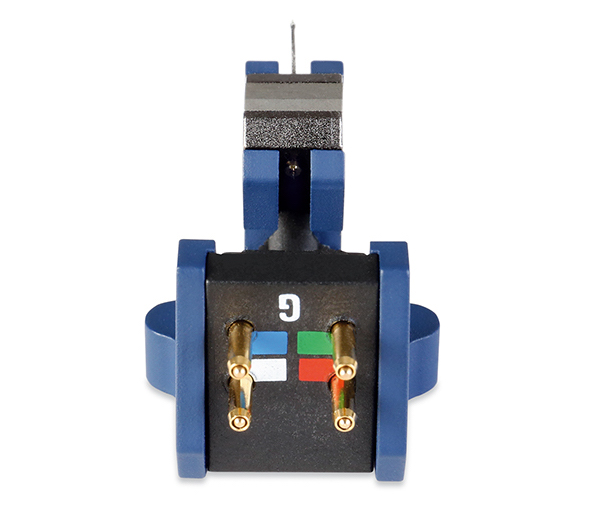
Via the MC 90X, the even‑wetter‑than‑November‑in‑England ‘She’s Out Of My Life’ was palatable. The anguish in Jackson’s voice sounded so sincere that I had to temper my dislike. For those who believe a system or component can convey emotion – or, that is, what’s in the recording – the MC 90X will have you digging out Janis Joplin and Etta James LPs for a night‑long binge.
Bliss ’n’ bombast
Is there anything even remotely remiss about this cartridge? If pushed, and were I to draw a Venn diagram, the MC 90X does veer toward the brighter end of the spectrum. Occasionally, one could detect minuscule traces of sibilance on vocals, such as during the fourth movement of Yes’s Close To The Edge. But minuscule is the word. When the huge organ passage emerged, it was back to bliss.
No, you haven’t witnessed an epiphany. I’m not suddenly seeking out a copy of Tales From Topographic Oceans or being wooed by prog rock. But wow, can this cartridge deliver the scale of bombastic pomp as well as the finer moments of an introspective Jacko.
Hi-Fi News Verdict
Multiple personalities in hi-fi ain’t a bad thing. Along with still-futuristic looks after a decade-and-a-half and construction worthy of a high-end wristwatch, the Ortofon MC 90X charms with a performance that can deal with Van Halen and Van Cliburn. It strikes this listener as the beneficiary of a legacy which endows it with hints of an SPU, plus the precision of cutting-edge research. At the price? A champ.
Sound Quality: 88%

